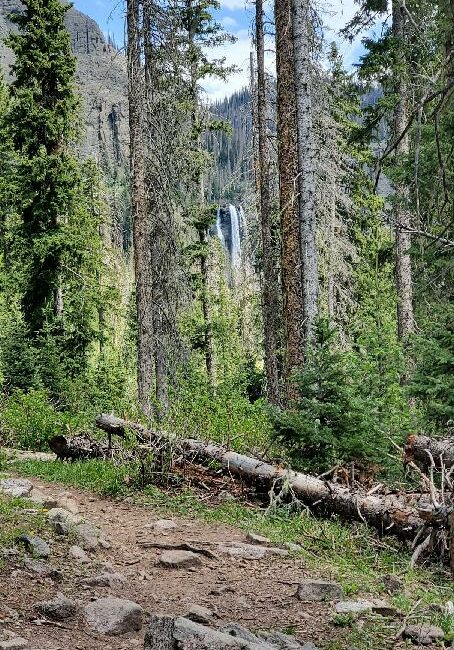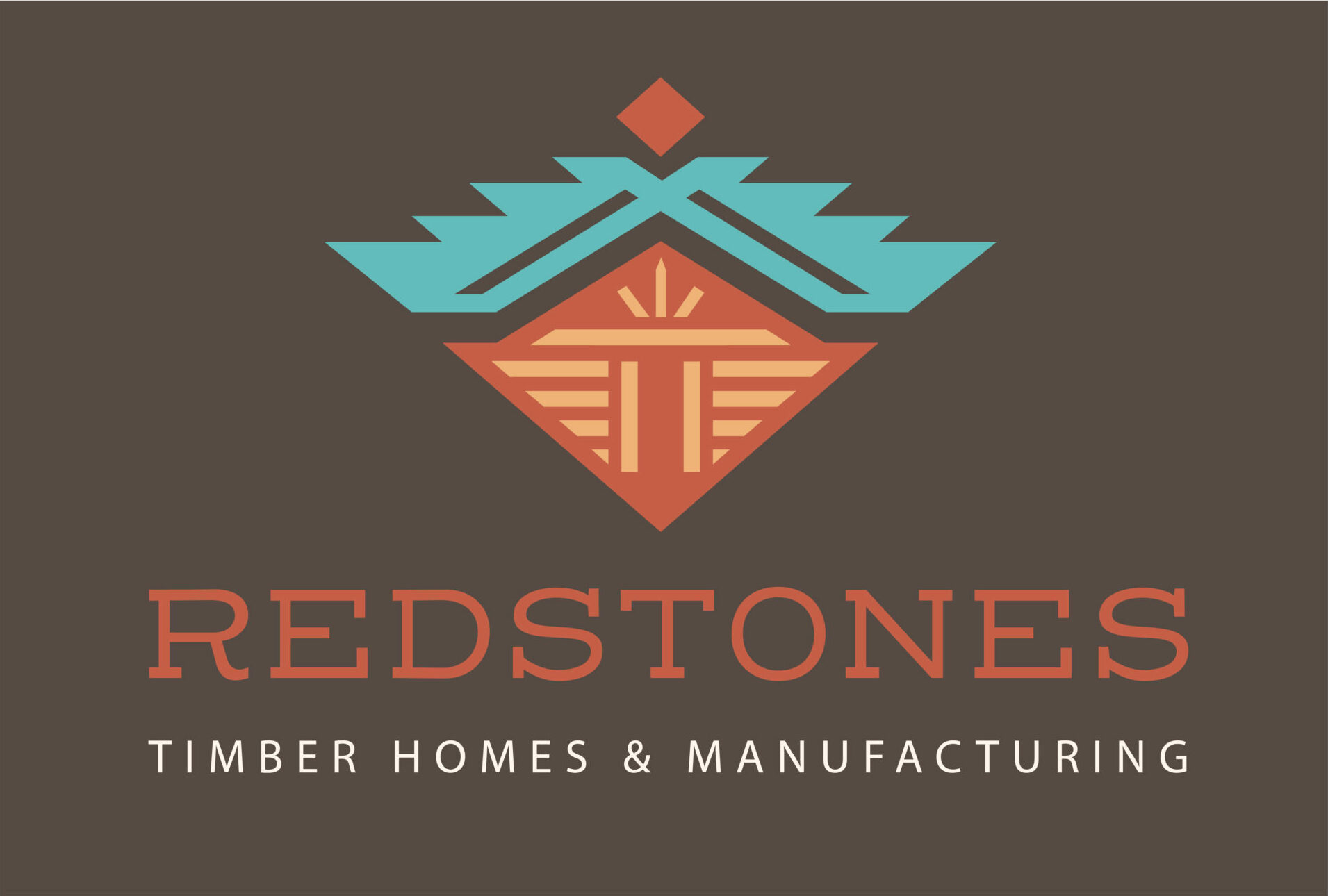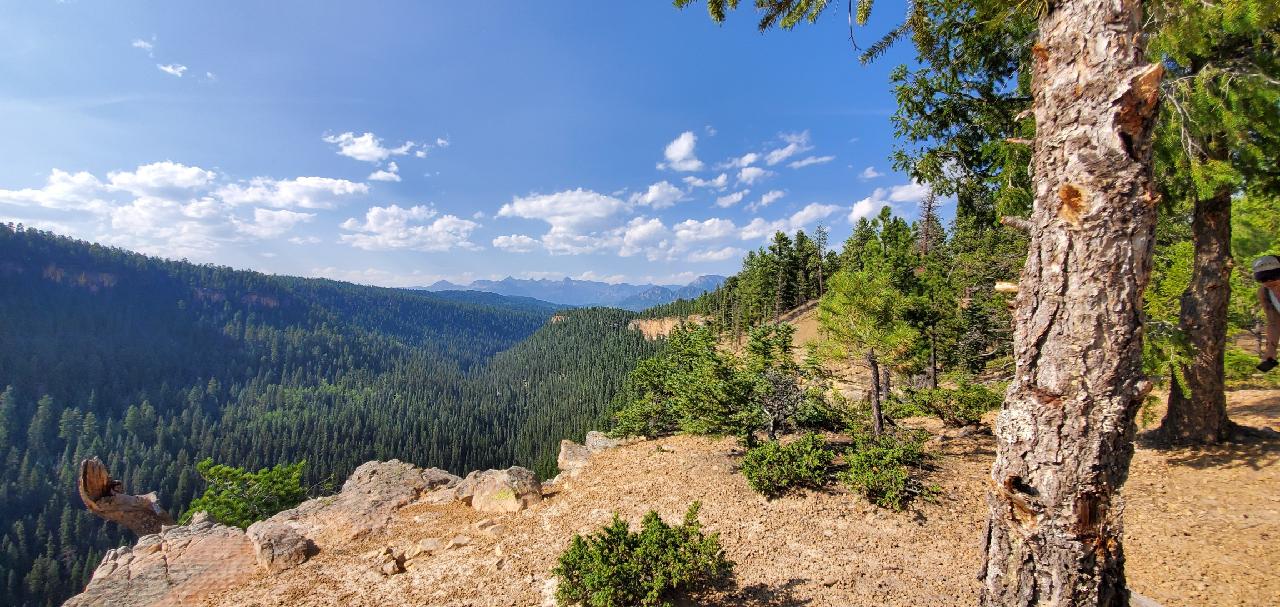Redstones Forest Restoration Activities
Low Impact Harvesting, Wildland Fire Mitigation, and Forest Stewardship: Building Healthy Forests
Forests are invaluable resources that provide numerous ecological, economic, and social benefits. However, maintaining the health and vitality of our forests requires active management and responsible stewardship. In recent years, low impact harvesting, wildland fire mitigation, and forest stewardship practices have emerged as effective strategies for creating and maintaining healthy forests. Redstones Timber homes and Manufacturing is a company deeply committed to sustainable practices and responsible forest restoration. We pride ourselves on locally sourcing beetle-kill and fire-damaged timber from the breathtaking San Juan Mountains.
Of San Juan National Forest has been Affected by Spruce Beetles
At present, the spruce beetle outbreak has impacted around 40% of the high-elevation forests within the San Juan National Forest (SJNF), expanding from the eastern region. Recent aerial surveys reveal that the total affected acreage on the nearly 2-million-acre SJNF stands at slightly over 200,000 acres, representing approximately 10% of the entire forest area.


Low Impact Harvesting
Low impact harvesting, also known as selective logging or sustainable logging, involves the careful extraction of trees to meet timber demands while minimizing environmental impacts. Unlike large-scale clear-cutting, this method focuses on selective removal of mature or damaged trees, leaving behind a diverse forest structure.
Benefits of Low Impact Harvesting
Biodiversity Conservation
Selective logging allows for the maintenance of a variety of tree species, age classes, and habitats, supporting a higher level of biodiversity. By preserving a diverse range of plant and animal species, small-scale harvesting helps foster healthy ecosystems.
Regeneration & Growth
By removing damaged trees, low impact harvesting creates opportunities for younger trees to grow and thrive. This promotes natural regeneration, ensures the long-term sustainability of forest resources, and enhances the overall resilience of the ecosystem.
Reduced Soil Erosion & Water Quality Preservation
Smaller-scale logging operations minimize soil disturbance, protecting against erosion and maintaining water quality. Retaining intact root systems helps stabilize the soil, prevents runoff, and ensures the continuity of vital water sources.
Wildland Fire Mitigation
Wildland fires are a natural occurrence, but their frequency and severity have increased due to various factors, including climate change. Wildland fire mitigation strategies aim to reduce the risk and impact of these fires while maintaining ecosystem health.
Preventing Catastrophic Fires
By thinning dense vegetation, removing large quantities of standing dead and beetle-kill timber, clearing underbrush, and creating fire breaks, the risk of large-scale, uncontrollable wildfires can be significantly diminished. These practices promote healthier and more resilient forests.
Protection of Human Communities
Wildland fire mitigation measures not only safeguard forests but also reduce the threat to nearby human settlements. Creating defensible spaces, removing hazardous fuels, and improving firefighting access can enhance community safety.
Forest Stewardship:
Forest stewardship encompasses a holistic approach to managing forests sustainably, ensuring their long-term health, and meeting diverse ecological, economic, and social objectives.
Key Elements of Forest Stewardship:
Ecological Integrity
Stewardship practices focus on maintaining or enhancing the ecological integrity of forests by preserving biodiversity, protecting water quality, and conserving critical habitats. It involves monitoring and managing forest health, wildlife populations, and invasive species.
Sustainable Resource Use
Forest stewardship promotes sustainable timber harvesting practices that balance economic needs with long-term forest health. By ensuring the regeneration of harvested areas and adopting responsible logging methods, it ensures the continuity of timber resources.
Collaboration & Education
Effective forest stewardship involves collaboration between landowners, government agencies, communities, and stakeholders. Engaging local communities and providing education on sustainable forest practices foster a sense of ownership, increasing support for conservation efforts.
Redstones Timber Homes & Manufacturing
Healthy Forests, Healthy Homes, Healthy Community
Redstones Timber Homes and Manufacturing is committed to making sustainable forest restoration core to our business ecosystem. By locally sourcing beetle-kill and fire-damaged timber from the San Juan Mountains and engaging in low impact harvesting, wildland fire mitigation, and forest stewardship, we pave the way for healthier and more vibrant forests. Together, we can build a future where timber homes reflect our commitment to sustainability and contribute to the revival and preservation of our precious natural resources.






